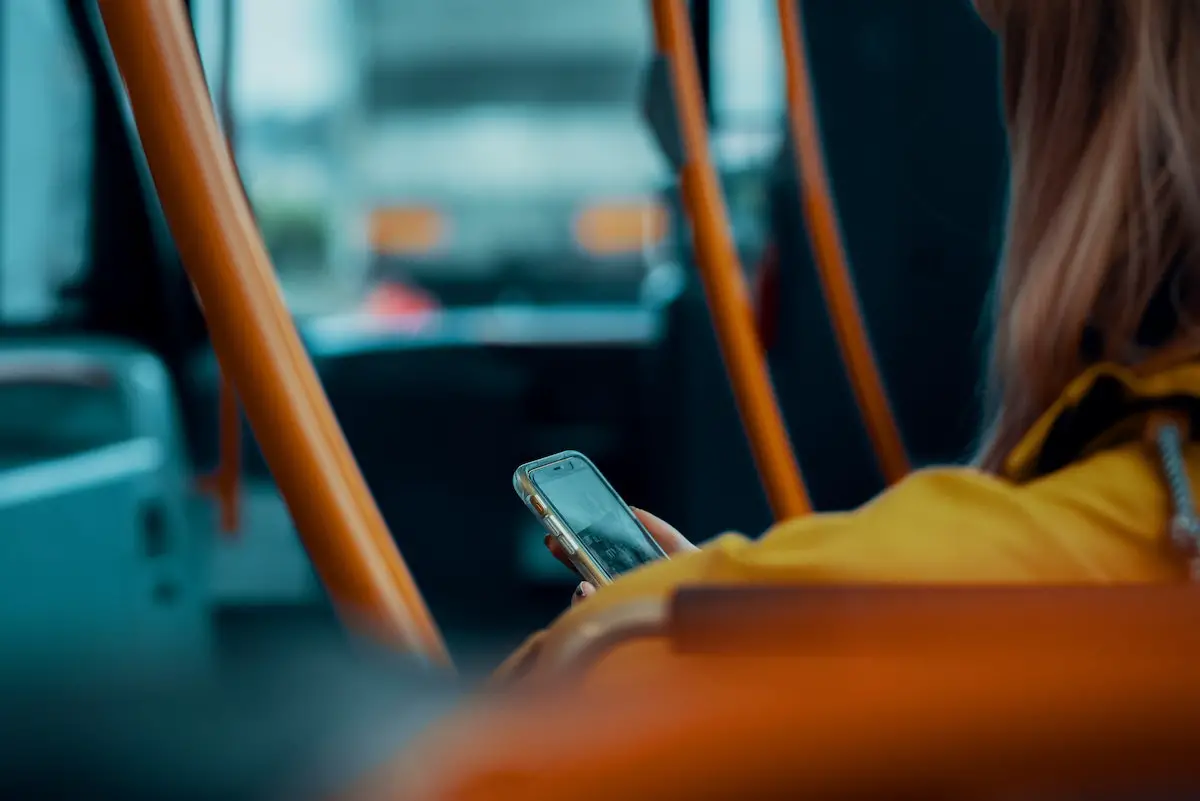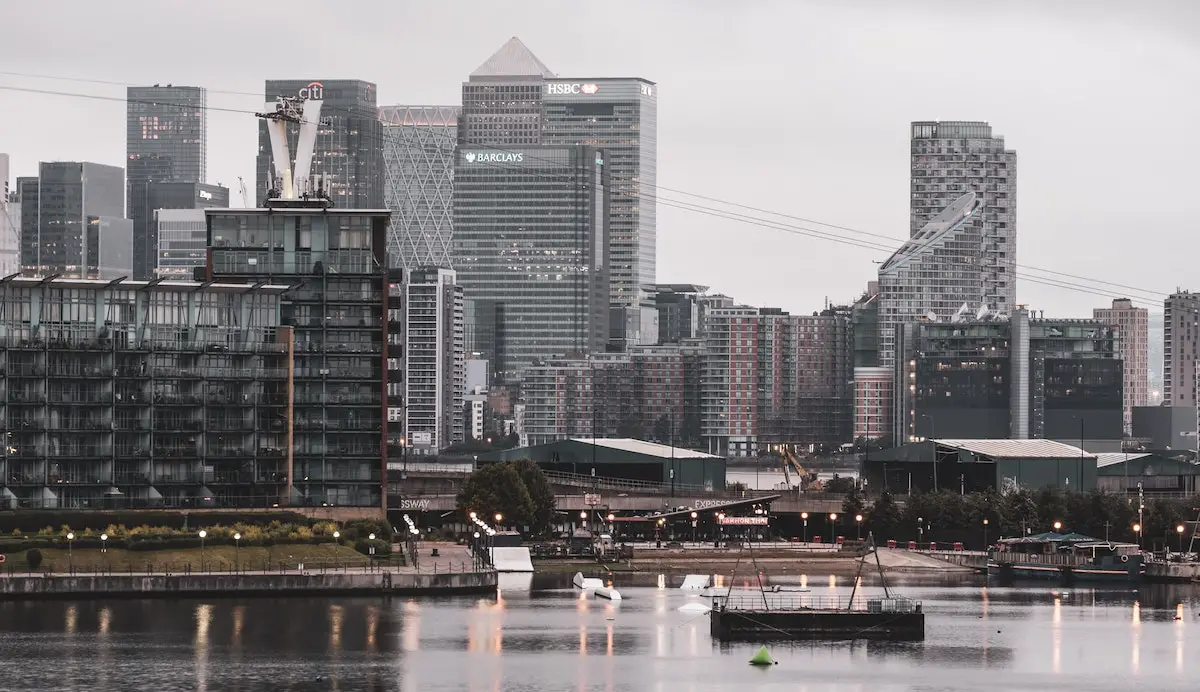What People in the Creative Industries Need to Know About Urban Transformation
Can creativity transform urban design and planning? That was the question that drew me to the recent event Designing Sustainable and Creative Cities: A Coalition of Arts, Music & Architecture, and it is one that has underpinned much of my writing here at This Big City. Creativity certainly has transformative potential, but is it enough on its own?
For me, this is a straightforward question: it isn’t. Those of us in the creative industries would benefit from embracing that up front, proceeding to do what we do with a consciousness of complexity. So why is creativity alone not enough for the transformation of urban design and planning?
Creativity is One Layer of the Urban Experience
The experience of urban creativity – at least, in its most traditional sense – is something that typically exists on the surface. It’s the innovative public transport app informed by data, which itself couldn’t exist without the physical infrastructure being there to begin with. It’s the temporary urban intervention happening in a centuries-old street that has been shaped over time by slow and complex planning processes.
None of this is necessarily bad. When I wrote about digital transformation in the planning system in April, I shared:
A foundational challenge is that the pace of planning is slower – something which is not a problem to overcome, but an important characteristic.
Joe Peach, Shaping Digital First Community Consultation in Scotland
This is a point that also applies when thinking about creativity and urban transformation. People in the creative industries have a lot to bring to the city, and the city can benefit from this creative layer. But a consciousness of other industries, specialisms, and mindsets matters, because those things are critical layers of the urban experience too. Being aware of these layers, and how they work together, is crucial if transformation is the goal.
Creativity Can be Destructive, With or Without Intent
In February 2020 I wrote about the rent gap theory and Marvila – a district in Lisbon. To its north, west and south, you’ll find wealthier, more expensive areas. To its east, the Atlantic Ocean. Marvila is an area where rents are lower than they could be, with a population made up, in part, of people who once lived in informal housing and those pushed out of other areas due to the impact of gentrification on rent prices.

The City Government, conscious of Marvila’s differing social and economic circumstances, turned to creativity to benefit the area. Artists were selected by the City and commissioned to paint murals on the blocks. Tourist buses now visit the neighbourhood for the first time, stopping off to see the street art.
The true intent of this may be as simple as window dressing – using creativity to improve the cultural and economic fortunes of a neighbourhood. It could also be a City seeing untapped economic potential, with an ultimate disregard for those impacted by accelerated gentrification. Whatever the truth, people in the creative industries benefit from proceeding critically, with a consciousness that their practice is not positive by default. Transformation has many potential outcomes, introducing a need to ask:
- Who is benefiting from this attempt at urban transformation?
- Who is behind the initiative and what are their stated and unstated goals?
- How does this situation align with my motivations?
Urban Transformation is Good, Realism is Better
My home city of Edinburgh was once blessed with an extensive rail network. After much of this closed, kilometres of former rail routes were turned into pedestrian and cyclist paths. Due to the city’s terrain, stretches of these paths pass underground, with some receiving insufficient maintenance in the years that followed their conversion.
Poorly maintained underground tunnels for pedestrians and cyclists can feel dangerous, be dangerous, and have a negative impact on the spaces surrounding them. The Colinton Tunnel Project was set up to overcome these issues, turning to local creative practitioners to paint the entire length of the tunnel (as well as investing in improved lighting – a crucial non-creative layer!)

One artist involved in the project told the BBC News:
“It’s only a millimetre of paint but it completely changes its story. This is the narrative now for Colinton. It is putting this place on the map.”
Chris Rutterford, Muralist, Colinton Tunnel Project, Source: BBC News
Transformation is a lofty goal, at any scale. But is it genuinely necessary to transform an entire city, or an entire industry? Is improvement of one place or one thing acceptable? It is certainly more achievable.
Learnings
So what does this mean for creative practitioners in and on the fringes of urban development? If you are part of the creative industries and urban transformation is your goal, I encourage you to:
- Embrace the skills you have for developing creative ideas, and be willing to look beyond the traditional boundaries of your specialisms.
- Improve, or develop, your ability to bridge the gap between your own creative practice and the other specialisms that are an equally important part of the city experience.
- Be willing to work with those of different specialisms to you, accepting this means different mindsets, different motivations, different goals and different requirements.
- Be critical and be nimble. The rules changes, circumstances change, society changes, and goals change. No one stakeholder has all the answers.
Turning ideas into impact requires collaborative creativity. That means grasping the conflicts typical of cross-sector collaboration and working through them to get to the other side. No genuine urban transformation is possible without it.
Photo: Volkan Olmez, Edinburgh Tourist


